Driving a manual car with an automatic licence is a common question among new drivers. In the UK, an automatic licence restricts you to automatic vehicles only. Upgrading requires a manual test. Understanding these rules is crucial for legal compliance and safe driving practices.
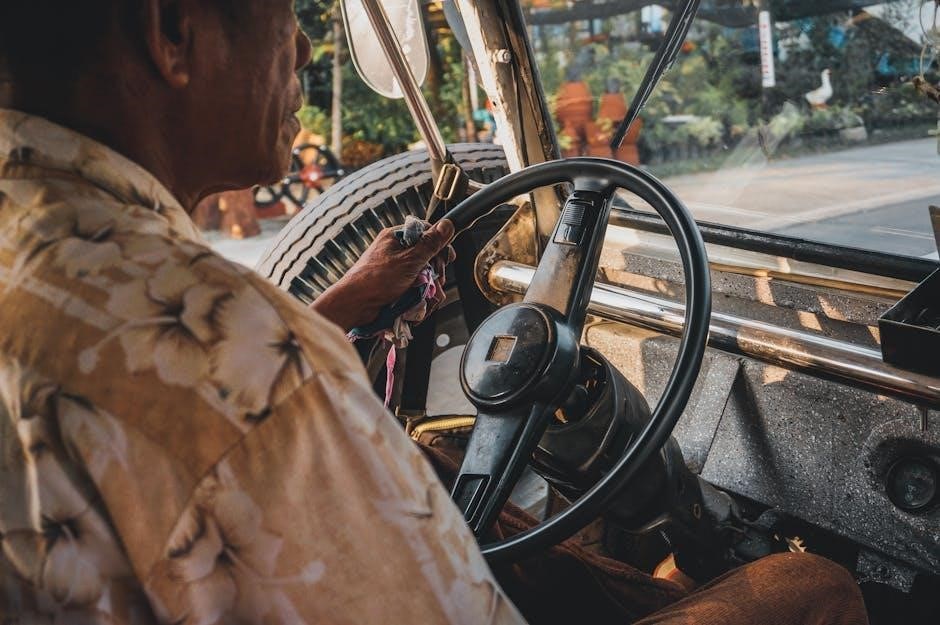
Overview of the Topic
Understanding whether you can drive a manual car with an automatic licence is essential for legal and practical reasons. In the UK, driving licences are categorized into manual and automatic, with specific restrictions. If you hold an automatic licence, you are legally permitted to drive only automatic vehicles. Driving a manual car with an automatic licence is not allowed and can lead to legal consequences. However, upgrading your licence to include manual transmission is possible by passing an additional driving test. This guide explores the legal implications, licence restrictions, and the process of upgrading your licence. It also covers the skills required to operate a manual vehicle and the benefits of holding a manual licence. Whether you’re a new driver or considering upgrading, this information will help you make informed decisions about your driving options.
Importance of Understanding Licence Restrictions
Understanding licence restrictions is crucial for drivers to avoid legal penalties and ensure road safety. Many drivers are unaware that an automatic licence limits them to driving only vehicles with automatic transmissions. Ignorance of these restrictions can lead to fines, penalties, or even legal action if caught driving a manual car with an automatic licence. Licence restrictions are in place to ensure drivers operate vehicles they are trained and tested to handle. Misunderstanding these rules can result in serious consequences, including invalidation of insurance coverage in the event of an accident. By understanding your licence restrictions, you can make informed decisions about the vehicles you drive and avoid potential legal or financial repercussions. This knowledge is especially important for those considering renting cars, borrowing vehicles, or driving in foreign countries where licence rules may differ.
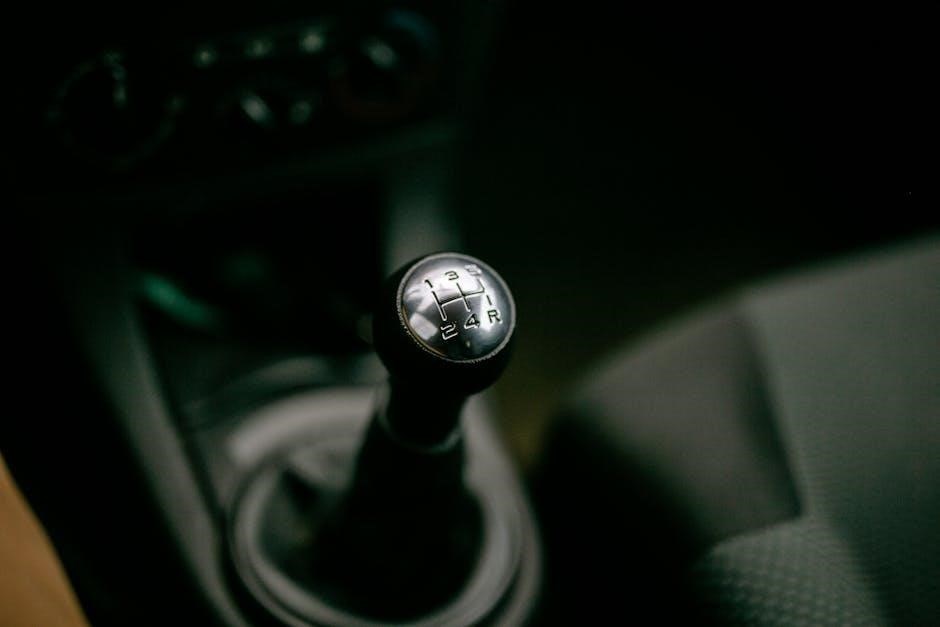
Legal Implications of Driving a Manual Car with an Automatic Licence
Driving a manual car with an automatic licence can result in fines, penalty points, or even licence suspension, as it violates road traffic laws in many countries.
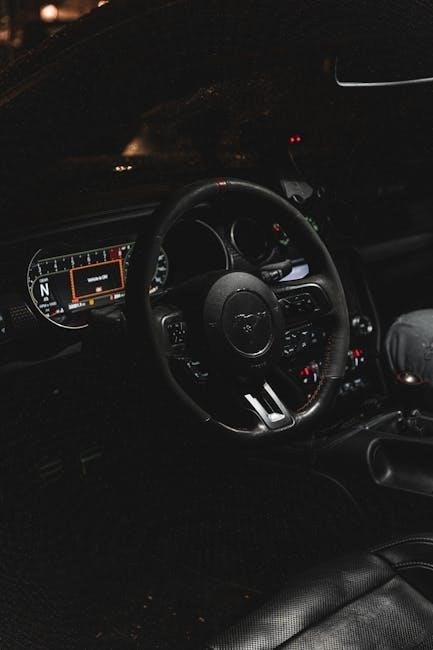
UK Regulations
In the UK, holders of an automatic driving licence are not permitted to drive manual transmission vehicles legally. According to the UK Driver and Vehicle Licensing Agency (DVLA), an automatic licence restricts drivers to vehicles with automatic gearboxes only. Driving a manual car with an automatic licence is considered a violation of road traffic laws and can result in legal consequences, including fines and penalty points on your licence. The law applies equally in England, Scotland, Wales, and Northern Ireland; If you were originally licensed with an automatic transmission, you must pass a manual driving test to legally operate a manual vehicle. This regulation ensures road safety and maintains the integrity of the licensing system. Drivers caught violating this rule may face further legal action, including potential licence suspension. Always verify your licence entitlement before driving any vehicle.
Regulations in Other Countries
Regulations regarding driving a manual car with an automatic licence vary significantly across different countries. In the United States and Canada, for example, most states and provinces allow drivers with an automatic licence to operate manual vehicles, though this may depend on local laws. In Australia, drivers with an automatic licence are generally restricted to automatic vehicles, similar to the UK. However, some states in Australia permit driving manual vehicles under certain conditions. In European countries, the rules differ: some nations, like France and Germany, require a manual licence to drive a manual car, while others may allow it under specific circumstances. It is crucial for drivers to familiarize themselves with local laws when driving abroad. Renting a manual car in a foreign country without proper entitlement can lead to legal consequences, including fines and insurance issues. Always verify the regulations before operating a vehicle.
Consequences of Driving a Manual Car with an Automatic Licence
Driving a manual car with an automatic licence can lead to serious legal and financial consequences. In the UK, doing so is considered illegal and may result in a fine of up to £1,000, as well as penalty points on your driving record. If caught, you could face prosecution under road traffic laws, potentially leading to a court appearance. Additionally, your insurance policy may be invalidated, leaving you liable for any damages or injuries caused while driving. This could result in significant financial losses and legal action against you. Furthermore, driving without the proper entitlement can put you and others at risk due to a lack of proficiency in operating a manual vehicle. The consequences highlight the importance of adhering to licence restrictions and seeking proper certification before driving a manual car.
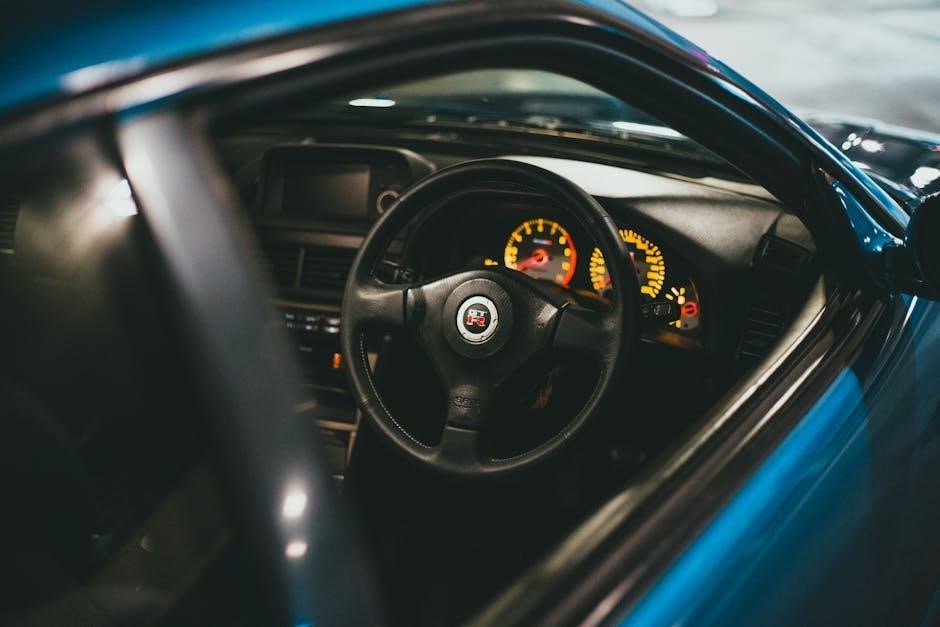
What an Automatic Licence Entitles You To
An automatic licence allows driving vehicles with automatic transmissions, such as cars and small vans, but not manual cars, adhering to legal driving standards.
Types of Vehicles You Can Legally Drive
Holders of an automatic licence are legally permitted to drive vehicles equipped with automatic transmissions. This primarily includes standard passenger cars and small vans with automatic gearboxes. Additionally, some sport utility vehicles (SUVs) and other light motor vehicles that feature automatic transmissions may also be driven under this licence. However, it’s important to note that this licence does not extend to vehicles with manual transmissions, such as most motorcycles, which require a separate licence. Furthermore, larger commercial vehicles, even those with automatic transmissions, typically require a different class of licence. Always ensure that the vehicle you intend to drive matches the specifications of your licence to avoid legal complications.
Limitations of an Automatic Licence
An automatic licence imposes specific restrictions on the types of vehicles you can operate. The primary limitation is that it does not qualify you to drive manual transmission vehicles. This means you cannot legally operate cars, vans, or other light vehicles that require the use of a clutch pedal and manual gear shifting. Additionally, some rental companies may restrict your options to only automatic vehicles, limiting your choices when traveling abroad. In certain countries, an automatic licence may also exclude you from driving larger commercial vehicles, even if they have an automatic gearbox. These restrictions highlight the importance of understanding the scope of your licence to ensure compliance with legal requirements and avoid potential penalties. Always verify the vehicle’s transmission type before driving to stay within the bounds of your licence.
Differences Between Manual and Automatic Licences
A manual licence and an automatic licence differ significantly in terms of the vehicles they permit drivers to operate. A manual licence allows drivers to operate both manual and automatic transmission vehicles, offering greater flexibility. In contrast, an automatic licence restricts drivers to automatic vehicles only, excluding manual cars. This distinction is crucial because it determines the range of vehicles a driver can legally operate. Additionally, obtaining a manual licence typically requires passing a driving test in a manual vehicle, which involves mastering gear shifting and clutch control. Automatic licences, on the other hand, are issued after testing in an automatic vehicle, without the need to demonstrate these skills. These differences highlight the importance of choosing the right licence based on your driving needs and preferences. Understanding these distinctions ensures compliance with legal requirements and avoids potential legal issues while driving.
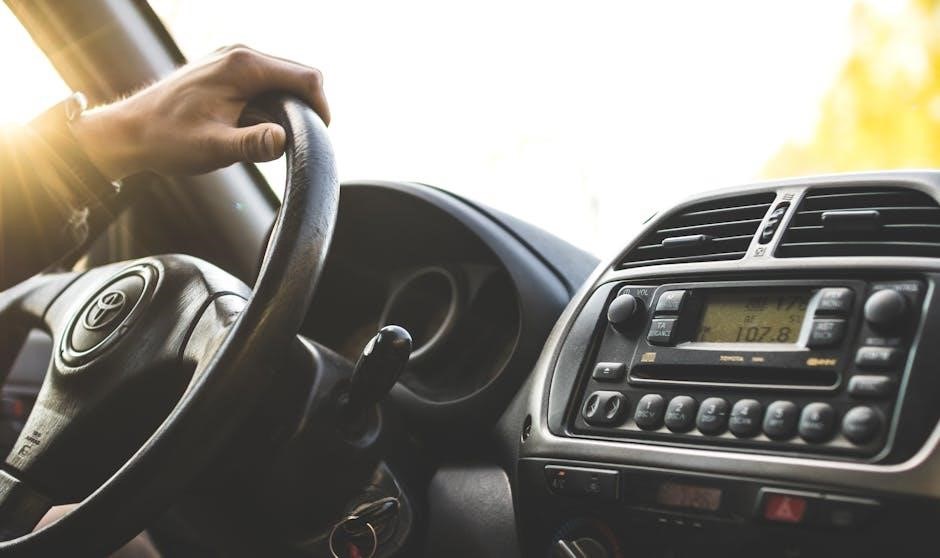
Upgrading from an Automatic to a Manual Licence
Upgrading requires additional training and a driving test in a manual vehicle. Specialized instructors guide learners through gear shifting and clutch control to master manual driving skills effectively.
Steps to Upgrade Your Licence
To upgrade from an automatic to a manual licence, you typically need to undergo additional training and pass a driving test in a manual vehicle. Start by researching the specific requirements in your region, as regulations vary. In many places, such as the UK, a driving test in a manual car is mandatory. Enroll in lessons with a qualified instructor to learn clutch control and gear shifting. Practice regularly to build proficiency. Once confident, schedule and pass the manual driving test to demonstrate competence. Ensure you budget for lessons and the test fee. Avoid driving manual cars until licensed to prevent legal issues. Consider practicing in a safe area like an empty parking lot. Finally, review local DMV materials to understand all requirements fully.
Required Tests and Examinations
To upgrade from an automatic to a manual licence, you must pass a driving test in a manual transmission vehicle. The test typically includes basic vehicle control, such as starting and stopping on inclines, smooth gear changes, and reversing. Observing traffic rules and demonstrating good judgment are also assessed. In some regions, like the UK, you may need to take a theory test if you’re a new driver. Practice is essential to master clutch control and gear shifting before the test. If you fail, you’ll need to wait a mandatory period before retaking it. Ensure your vehicle meets test requirements, such as being roadworthy and properly insured. Check with your local DMV for specific rules, as some areas may require additional documentation or fees. Passing the test successfully will grant you a manual driving licence, removing restrictions on driving manual vehicles.
Benefits of Holding a Manual Licence
Holding a manual licence offers several advantages that can enhance your driving experience and flexibility. One of the primary benefits is the ability to drive both manual and automatic vehicles, providing greater versatility when renting, borrowing, or purchasing cars. Manual licences are often considered more valuable, as they demonstrate a higher level of driving skill. Additionally, manual cars are generally more fuel-efficient and cost less to maintain compared to automatic vehicles, which can lead to long-term financial savings. Furthermore, driving a manual car allows for better control over the vehicle, especially in challenging driving conditions like hills or uneven terrain. Having a manual licence also broadens your options when traveling abroad, as many countries primarily use manual transmission vehicles. Upgrading to a manual licence can be a smart investment for both practicality and personal satisfaction.
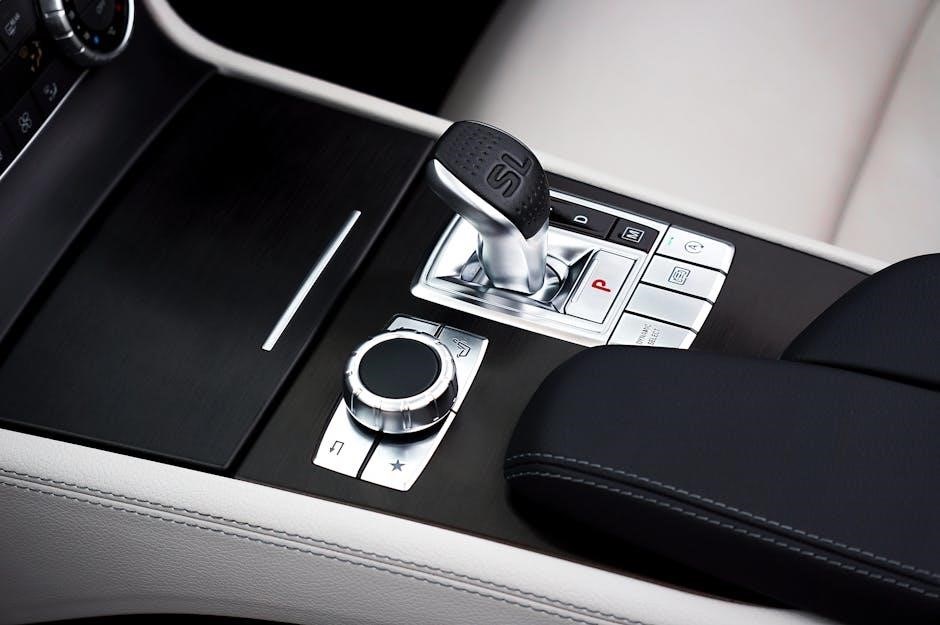
Learning to Drive a Manual Car
Mastering a manual car requires understanding clutch control, gear shifting, and coordination, essential for smooth acceleration and seamless driving experiences, building confidence and competence over time.
Key Challenges for Beginners
Learning to drive a manual car presents several challenges for beginners, particularly those accustomed to automatic vehicles. One major difficulty is mastering the coordination between the clutch and accelerator pedals, which requires precise timing to avoid stalling. — Shifting gears smoothly while maintaining control of speed can feel overwhelming at first, especially in heavy traffic or uphill situations. — Another challenge is getting used to the physical demands of manual driving, such as frequent use of the clutch foot and hand movements for gear shifting. — Beginners often struggle with feathering the clutch to prevent jerky starts or stalls, which can be frustrating. — Additionally, understanding the correct gear to use in different driving scenarios takes practice, as does developing muscle memory for clutch and gear usage. — These challenges highlight the importance of patience and consistent practice when transitioning to a manual vehicle.
Essential Skills for Operating a Manual Vehicle
Mastering a manual car requires several essential skills to ensure smooth and safe driving. — Clutch control is fundamental, as it enables seamless transitions between gears without stalling or jerking. — Smooth acceleration is critical, especially when starting from a standstill or merging into traffic. — Precise gear shifting based on speed and engine RPM is another vital skill, as improper shifting can lead to poor fuel efficiency or engine strain. — Coordination between the clutch and accelerator pedals is necessary to maintain control during acceleration and deceleration., Understanding when to shift gears up or down, depending on the driving situation, is also crucial. — Practicing these skills consistently helps build muscle memory and improves overall driving proficiency.
Clutch and Gear Usage: A Detailed Guide
Operating a manual car effectively requires a strong understanding of clutch and gear usage. The clutch pedal disconnects the engine from the transmission, allowing smooth gear changes. To use it properly, press the clutch fully down before shifting gears and release it gradually while accelerating. The “bite point” is the moment the engine begins to engage with the transmission, crucial for avoiding jerky starts. Gear selection depends on speed and terrain: first gear for starting, higher gears for acceleration, and lower gears for downhill or heavy loads. Proper downshifting before braking helps maintain control, while using neutral gear when stationary prevents unnecessary wear. Mastering these techniques ensures efficient and safe driving. Consistent practice is key to developing these skills, as improper clutch or gear usage can lead to wear and tear or loss of control.

Practicing in a Safe Environment
Practicing to drive a manual car should always occur in a safe and controlled environment to minimize risks. Begin in an empty parking lot or a quiet, open space with no traffic or obstacles. This allows you to focus on mastering the basics, such as clutch control and gear shifting, without distractions. Start by familiarizing yourself with the clutch and accelerator pedals while stationary. Gradually progress to slow, straight-line driving to practice coordination between the clutch and accelerator. Turning in wide, open spaces can help you build confidence in controlling the vehicle at low speeds. Always ensure you are accompanied by a qualified driver or instructor who can provide guidance and intervene if necessary. Prioritize safety by wearing a seatbelt and ensuring all passengers do the same. Avoid practicing during peak hours or in complex road conditions until you feel more confident.
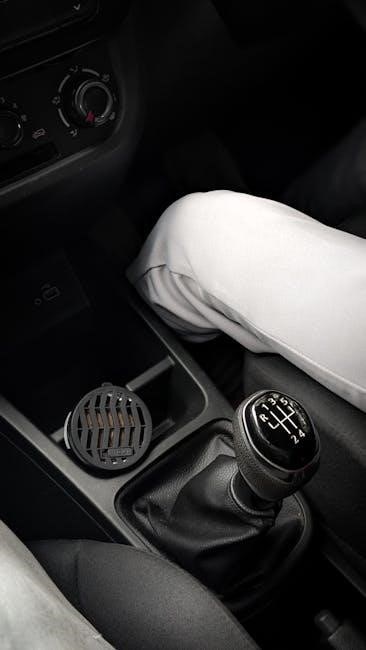
Considerations for Drivers with an Automatic Licence
Drivers with an automatic licence should exercise caution when encountering manual cars to avoid legal issues and accidents, especially when renting or borrowing vehicles abroad.
Renting or Borrowing a Manual Vehicle
Renting or borrowing a manual vehicle with an automatic licence is generally not permitted, as it violates the terms of your licence. Rental companies typically require drivers to hold the appropriate licence for the type of vehicle they are renting. If you attempt to rent a manual car with an automatic licence, you may face legal consequences or be denied the rental altogether.
Additionally, borrowing a manual car from a friend or family member without proper certification can lead to fines or penalties if stopped by law enforcement. Always verify the type of transmission a vehicle has and ensure your licence allows you to legally operate it before driving. This precaution helps avoid legal complications and ensures safety on the road.
Long-Term Implications of Licence Restrictions
Holding an automatic licence can have long-term implications, particularly in terms of flexibility and opportunities. For instance, certain job roles may require driving manual vehicles, and having an automatic licence could limit your eligibility. Additionally, when traveling abroad, many countries primarily use manual cars, and an automatic licence may restrict your ability to rent or drive vehicles during trips.
Over time, licence restrictions can also lead to social and practical inconveniences. For example, borrowing or sharing cars with friends or family may be challenging if they own manual vehicles. Furthermore, relying solely on automatic cars could limit your options in situations where manual vehicles are more readily available or cost-effective. These restrictions highlight the importance of considering an upgrade to a manual licence for greater long-term freedom and convenience.
Final Thoughts on Licence Restrictions
Understanding the restrictions of an automatic licence is crucial for legal and safe driving. Driving a manual car with such a licence is illegal and risky, potentially leading to penalties or accidents. Licence restrictions exist to ensure drivers operate vehicles they are trained and tested for. If you wish to drive manual cars, upgrading your licence through proper testing is the only solution. This not only broadens your driving opportunities but also ensures compliance with the law. Always check local regulations, as rules vary by country or region. Remember, adhering to licence restrictions protects you and other road users, while upgrading enhances your driving freedom and skills. Stay informed and take the necessary steps to avoid legal complications and stay safe on the road.

Encouragement to Upgrade Your Licence
Upgrading from an automatic to a manual licence offers significant advantages. It enhances your driving versatility, allowing you to operate both manual and automatic vehicles legally and confidently. This upgrade is particularly beneficial for those who frequently travel or rent cars, as many countries require a manual licence for certain rentals. Additionally, possessing a manual licence can broaden job opportunities in sectors like delivery or transportation. The process involves passing a practical driving test that assesses your ability to handle manual gears and clutch control effectively. While it requires time and practice, the long-term benefits of increased freedom and reduced limitations make it a worthwhile investment. Encourage yourself to take the step, as mastering manual driving skills can be a rewarding achievement that opens doors to new experiences and opportunities.